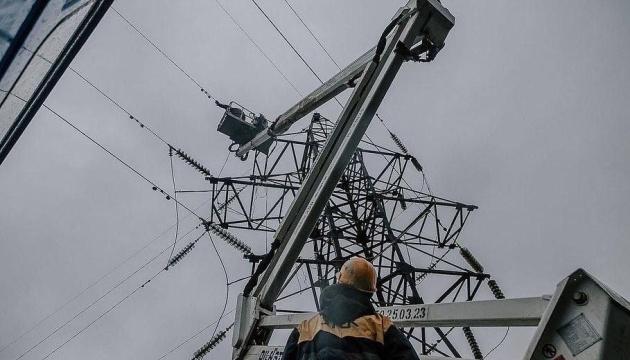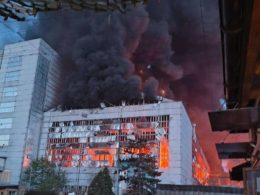According to Volodymyr Kudrytskyi, CEO of Ukraine's state power operator Ukrenergo, the only way to protect Ukraine's energy system from the severe consequences of Russian attacks is to decentralize electricity production throughout the country by building hundreds of small power plants.
"The concentration of generation in several sites is what leads to serious problems during massive enemy shelling," Kudrytskyi said, as reported by Ukrinform.
Kudrytskyi emphasized that these small power plants will be more resilient to massive attacks due to their dispersed nature, and the attacks will not lead to such severe consequences for the energy system as they do now.
According to Ukrenergo's calculations, apart from the solar and wind plants already being built in Ukraine, Ukraine's power grid needs balancing technologies. These include new thermal generation, not coal, but one that will run on waste from the woodworking industry, agricultural sector, and more.
In addition, the energy system requires gas peakers (small highly maneuverable power plants running on gas) and electricity storage systems. Geographically, such generation should be dispersed throughout Ukraine.
Kudrytskyi noted that a significant number of thermal and hydroelectric power plants have been damaged, which negatively affects the power system in terms of its balancing. In addition, the head of Ukrenergo said that on April 3, the Russians attacked a rear solar power plant for the first time.
Russia's attacks on Ukraine's power grid
After a relative lull this winter, Russia escalated its attacks on Ukraine's power grid in late March. On 22 March, Russia conducted 15 strikes on Kharkiv’s energy infrastructure, leaving the city almost completely without power.
Additionally, a significant nighttime assault on 29 March targeted thermal and hydroelectric power plants, causing damage to 330 kV high-voltage lines. Despite the massive attack, Ukraine's power grid remained balanced, with emergency blackouts implemented only in the Kryvyi Rih area.
The Institute for the Study of War (ISW) that these attacks are likely aimed at exploiting Ukrainian air defense missile shortages in an attempt to collapse the energy grid, which would stall Ukrainian efforts to rapidly expand its defense industrial base.
Related:



